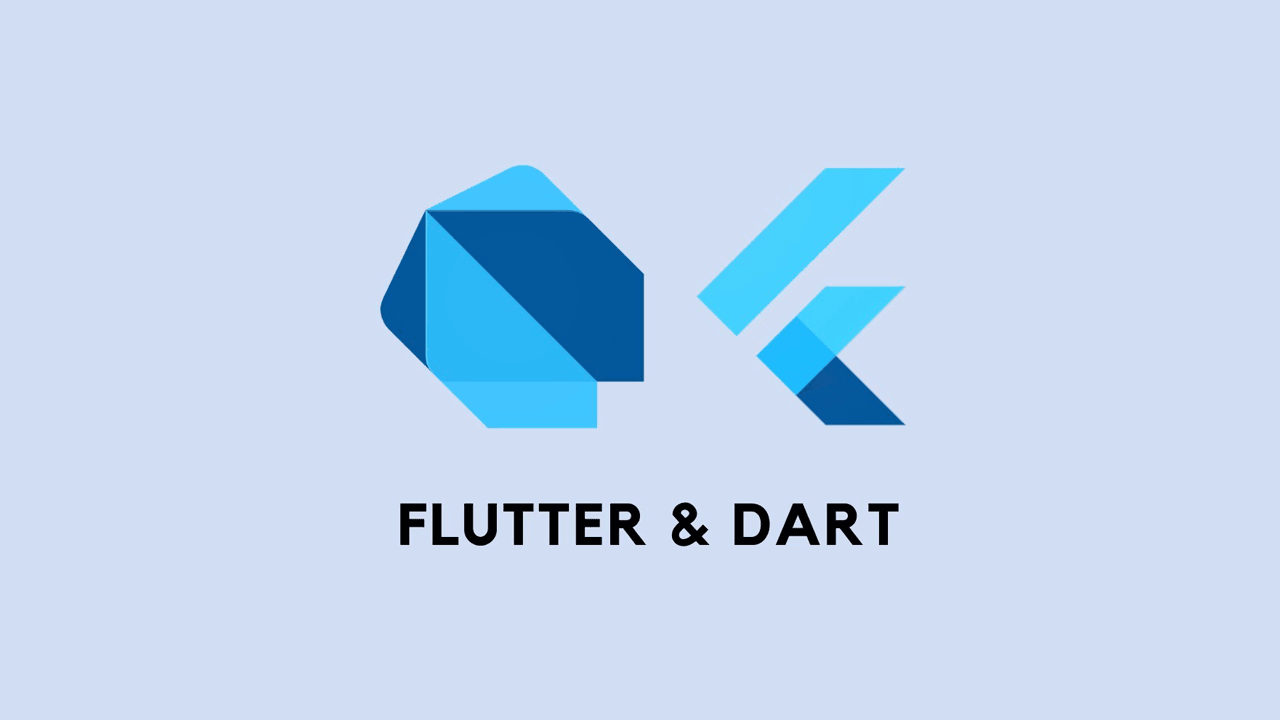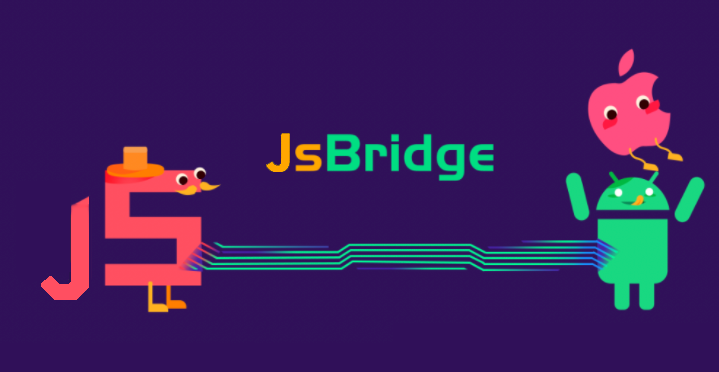类和对象 Dart 是一门使用类和单继承的面向对象语言
所有的对象都是类的实例,并且所有的类都是Object的子类
1. 定义
类的定义用class关键字
如果未显式定义构造函数,会默认一个空的构造函数
使用new关键字和构造函数来创建对象
2. 构造函数
如果只是简单的参数传递,可以在构造函数的参数前加this关键字定义或者参数后加 : 再赋值
没有函数体的函数可以直接写;来结束函数声明
1 2 3 4 5 6 7 8 9 10 11 12 13 14 15 16 17 18 19 20 21 22 class Point num x; num y; num z; Point(this .x, this .y, z) { this .z = z; } Point.fromList(var list): x = list[0 ], y = list[1 ], z=list[2 ]; String toString() => 'x:$x y:$y z:$z ' ; } void main() { var p1 = new Point(1 , 2 , 3 ); var p2 = new Point.fromList([1 , 2 , 3 ]); print (p1); }
如果你要创建一个不可变的对象,你可以定义编译时常量对象,需要在构造函数前加const
1 2 3 4 5 6 7 class ImmutablePoint final num x; final num y; const ImmutablePoint(this .x, this .y); } static final ImmutablePoint origin = const ImmutablePoint(0 , 0 );
在 flutter 中使用方式的差异
1 2 3 4 5 6 7 8 9 10 11 12 13 14 15 16 17 18 19 20 21 22 23 24 25 26 27 28 29 30 31 32 33 34 35 36 37 38 39 40 41 42 43 44 45 import 'package:flutter/material.dart' ;class ProfileTile extends StatelessWidget final title; final subtitle; final textColor; ProfileTile({this .title, this .subtitle, this .textColor = Colors.black}); @override Widget build(BuildContext context) { return Column( mainAxisAlignment: MainAxisAlignment.center, children: <Widget>[ Text( title, style: TextStyle( fontSize: 20.0 , fontWeight: FontWeight.w700, color: textColor ), ), SizedBox( height: 4.0 , ), Text( subtitle, style: TextStyle( fontSize: 15.0 , fontWeight: FontWeight.normal, color: textColor ), ), ], ); } } new ProfileTile( title: 'xxx' , subtitle: 'xxxx' )
3. Getters And Setters
Getter 和 Setter 是用来读写一个对象属性的方法每个字段都对应一个隐式的Getter和Setter但是调用的时候是obj.x,而不是obj.x()
你可以使用 get 和 set 关键字扩展功能如果字段为 final 或者 const 的话,那么它只有一个 getter 方法
1 2 3 4 5 6 7 8 9 10 11 12 13 14 15 16 17 18 19 20 21 class Rectangle num left; num top; num width; num height; Rectangle(this .left, this .top, this .width, this .height); num get right => left + width; set right(num value) => left = value - width; num get bottom => top + height; set bottom(num value) => top = value - height; } main() { var rect = new Rectangle(3 , 4 , 20 , 15 ); assert (rect.left == 3 ); rect.right = 12 ; assert (rect.left == -8 ); }
4. 抽象类
在 Dart 中类和接口是统一的,类就是接口
如果你想重写部分功能,那么你可以继承一个类,关键字 ==extends==
如果你想实现某些功能,那么你也可以实现一个类,关键字 ==implements==
使用 ==abstract== 关键字来定义抽象类,并且抽象类==不能被实例化==
抽象方法不需要关键字,直接以分号 ; 结束即可
1 2 3 4 5 6 7 8 9 10 11 12 13 abstract class Shape num perimeter(); } class Rectangle implements Shape final num height, width; Rectangle(num this .height, num this .width); num perimeter() => 2 *height + 2 *width; } class Square extends Rectangle Square(num size) : super (size, size); }
5. 工厂构造函数
Factory 单独拿出来讲,因为这不仅仅是构造函数,更是一种模式
有时候为了返回一个之前已经创建的缓存对象,原始的构造方法已经不能满足要求
那么可以使用工厂模式来定义构造函数
并且用关键字 new 来获取之前已经创建的缓存对象
私有变量前面增加下划线,dart 没有 private 前缀
1 2 3 4 5 6 7 8 9 10 11 12 13 14 15 16 17 18 19 20 21 22 23 24 25 26 27 28 class Logger final String name; bool mute = false ; static final Map <String , Logger> _cache = <String , Logger>{}; factory Logger(String name) { if (_cache.containsKey(name)) { return _cache[name]; } else { final logger = new Logger._internal(name); _cache[name] = logger; return logger; } } Logger._internal(this .name); void log(String msg) { if (!mute) { print (msg); } } } var logger = new Logger('UI' );logger.log('Button clicked' );



